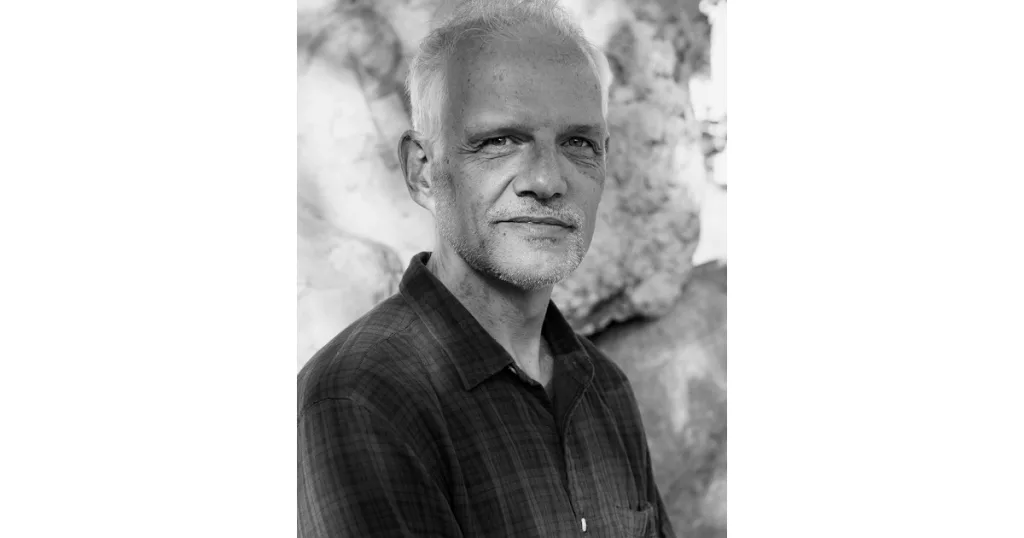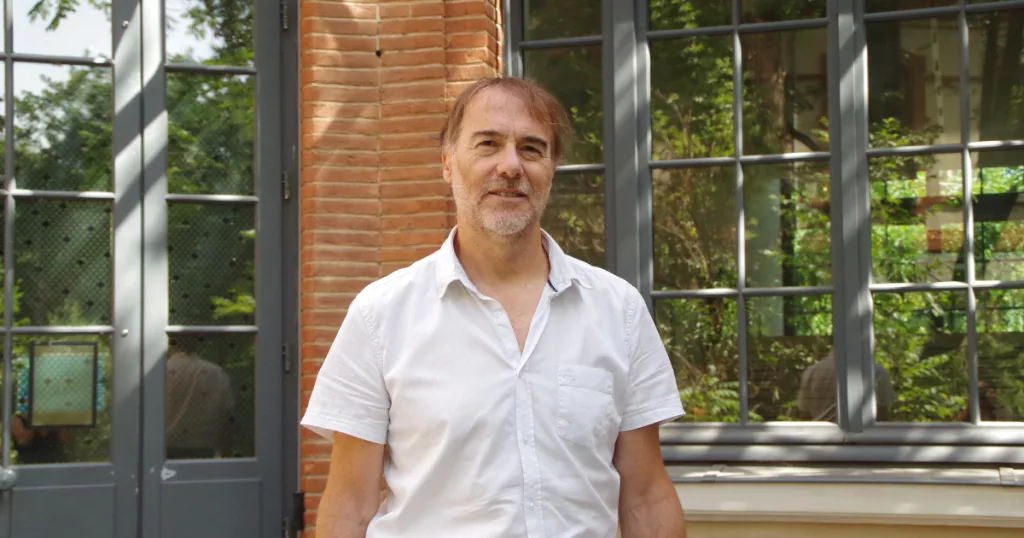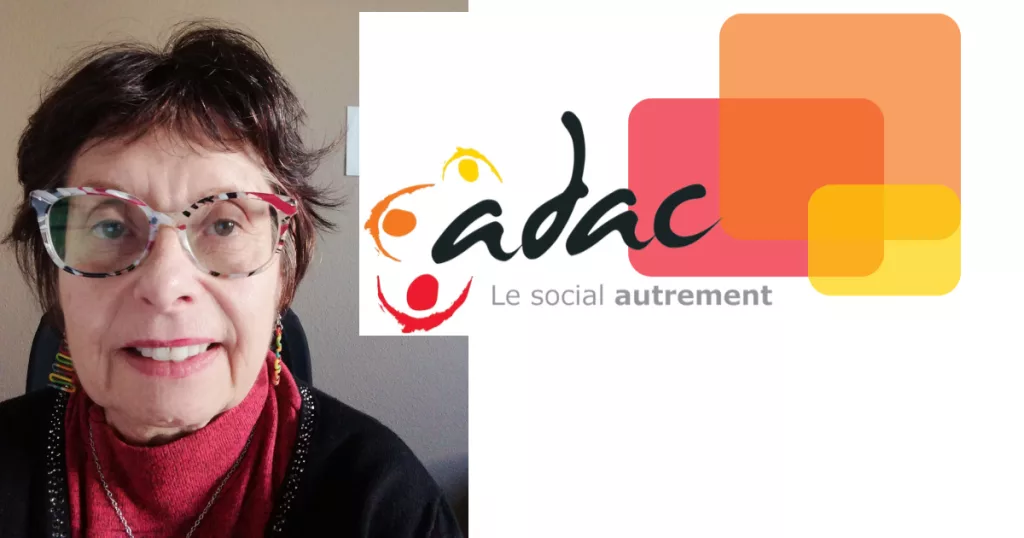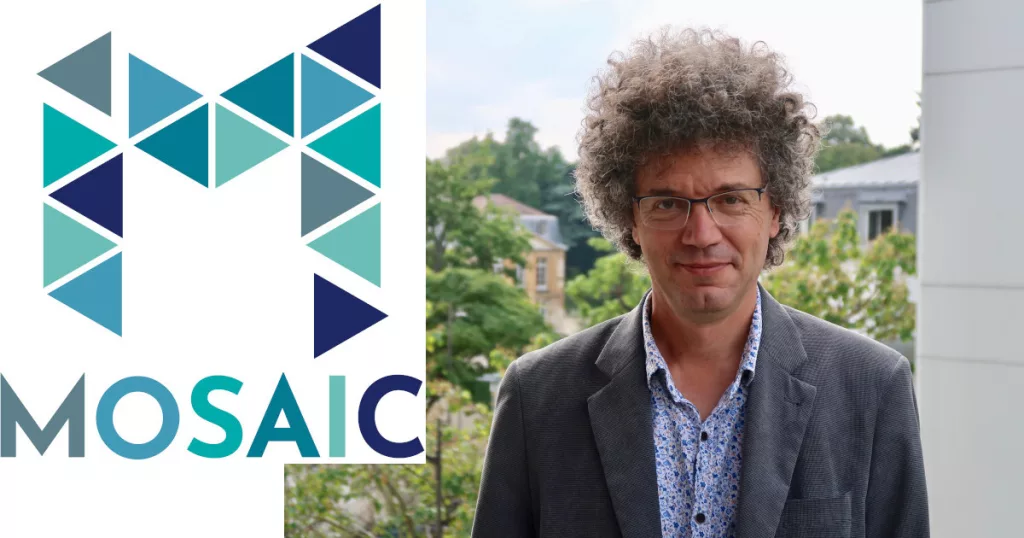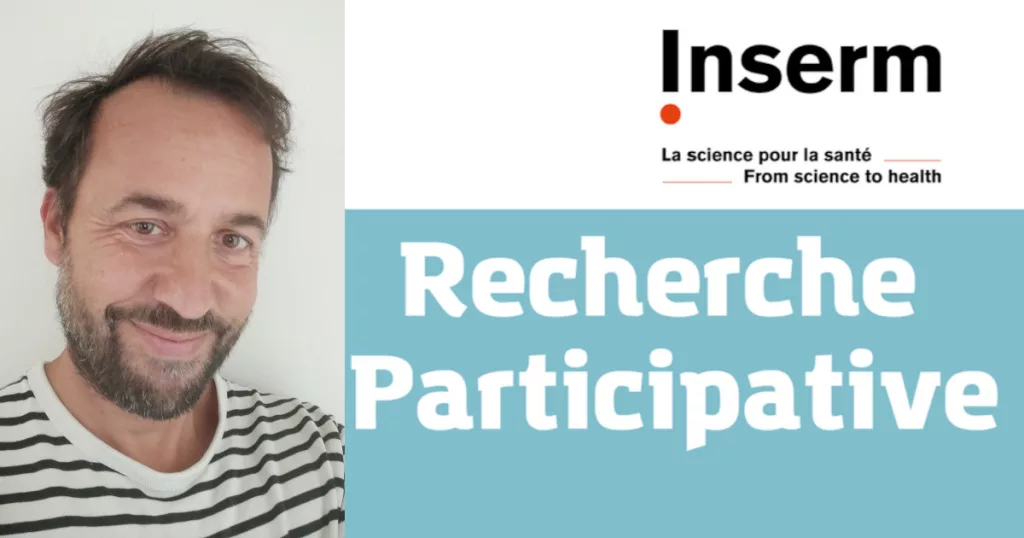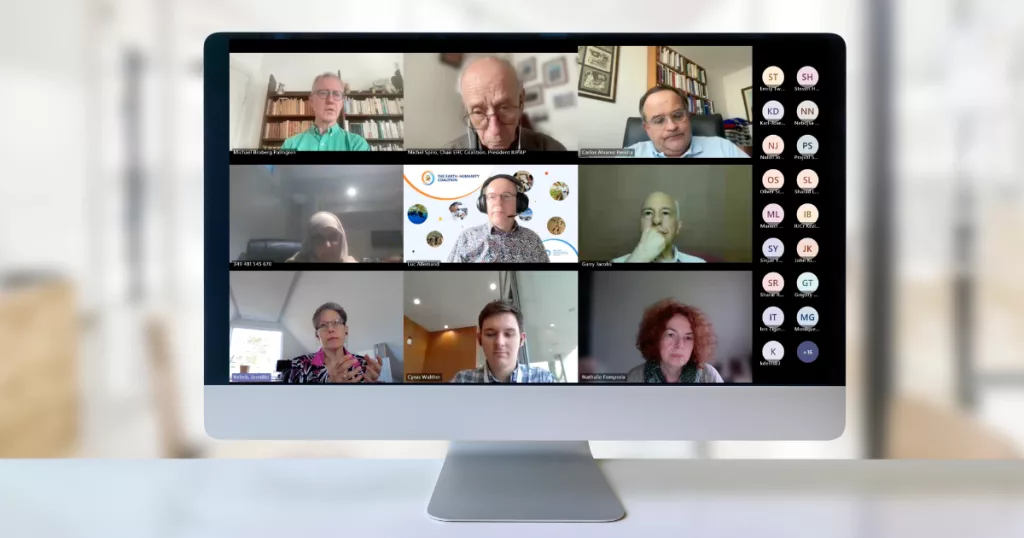Pablo Jensen: “Science is too important to be left to scientists alone”
With the association Sciences Citoyennes and the Mouvement pour des Savoirs Engagés et Reliés, physicist Pablo Jensen is working for greater citizen participation in decisions concerning scientific research Pablo Jensen is director of research at the CNRS, member of the physics laboratory at the École Normale Supérieure de Lyon, member of the board of directors of the association Sciences Citoyennes and organizer of the Journées des Savoirs Engagés et Reliés (JESER) Why are you a member of the board of the Sciences Citoyennes association? Pablo Jensen: The scientific activity is too important to be left in the hands of scientists alone. That is what Sciences Citoyennes is all about: opening up science and working with citizens. In France, it is, to my knowledge, the only long-term association in this field: it has been created in 2002. At the end of the 1990s, I launched Cafés des Sciences in Lyon, as did many others elsewhere, but this type of initiative, driven by one or two individuals, dies out when these individuals want to move on to something else. It is really important that, at least at the national level in France, there is a structure that embodies this desire to open up the academy to society, without being subservient to the academy or the institutions. What is the underlying motivation? P. J.: Let’s take the example of GMOs. A technique that was of interest to biologists, for exploring living organisms and fundamental sciences in the laboratory, has been appropriated by industrialists for applications on millions of hectares. The first thought that come to scientists is: “It is good that something we found in the laboratory can be applied.” And they are often blind to the fact that what is done outside the laboratory is very different from what is done in the laboratory: GMOs in the field raise many new questions, as have shown activists, allied with professional researchers, in this case ecologists. Generally speaking, the social consequences of all scientific work concern many citizens, and this is set to increase with the ecological crisis. So, a social control on science is important, in a democratic way. Do you feel that science is not enough controlled by society? P. J.: Today, the sciences are obviously in society, because they depend on public budgets and have public consequences, but this is done in ways that are not very democratic. For example, it is hard to know who really decides where public funding goes. Historically, with modern science came the ideas of research autonomy and laboratory confinement. This has produced sciences which are not intrinsically bad, but which are intrinsically dangerous: the kind of knowledge they produce lends itself very well to technological acceleration because it is so entangled with technology. As soon as you create knowledge that is totally dependent on technology, especially because of the laboratory equipment you use, it is very natural to contribute, thanks to this knowledge, to the technology and acceleration that endangers the habitability of the planet. Everything should not be put on the same level, but there is a strong trend that needs to be noted, and which the scientific community needs to reflect on. What are the actions of Sciences Citoyennes? P. J.: There are three main areas: the democratization of science, research ethics and the scientific third sector. I am directly involved in the first only. We are working with MPs and senators, who are promoting a law to have 10% of the public research budget decided by a citizens’ convention. And Sciences Citoyennes is also making a major contribution to support the Mouvement pour des Savoirs Engagés et Reliés (MSER). What is it all about? P. J.: It is an informal group of organizations, born of the desire to open up science and enable exchanges with civil society. That is what the citizen science cafés were already doing to some extent. But today, we are focusing on the ecological question, for which openness is crucial: the consequences will affect everyone, and it is crucial to co-construct solutions. Our main idea is that all knowledge is engaged and connected, because all knowledge is situated in a world that has helped to produce it and makes it relevant. We would like everyone to be convinced of this, the academic world, to begin with. What do you mean? P. J.: Many researchers, especially in the “hard” sciences, believe that they are working to create neutral, objective knowledge, which society can then use for its own needs. It’s not up to us to say what should become of particle physics, biology or chemistry, but we would like these researchers to reflect on the world they are building with the knowledge they are developing. But some of them are already doing so? P. J.: Yes. I am thinking, for example, of a fellow astrophysicist who was dissatisfied with the impact of his work, and who used his simulation tools to work with ecologists who monitor and model the movements of animal populations. However, if the researcher had not first developed and mastered tools in astrophysics, he would have been less useful in ecology: doesn’t fundamental, abstract science create tools for other fields? P. J.: This is a classic argument, but it seems to me to be an a posteriori justification for work that appeals to very fundamental physicists. It is paradoxical to say: “Let’s do a bit of research anywhere, and then be useful in areas where there are pressing questions”. We might as well work directly in these important areas. In fact, there are just as many fundamental questions to be resolved before we get to applications. Of course, in science, there are always crossovers and unexpected discoveries, but that’s not the right way to build a science policy. But what becomes then of academic freedom? P. J.: Of course, academic freedom must be supported. But, first, it cannot be used as a pretext for researchers to say: “Give us funding, and let us do what
